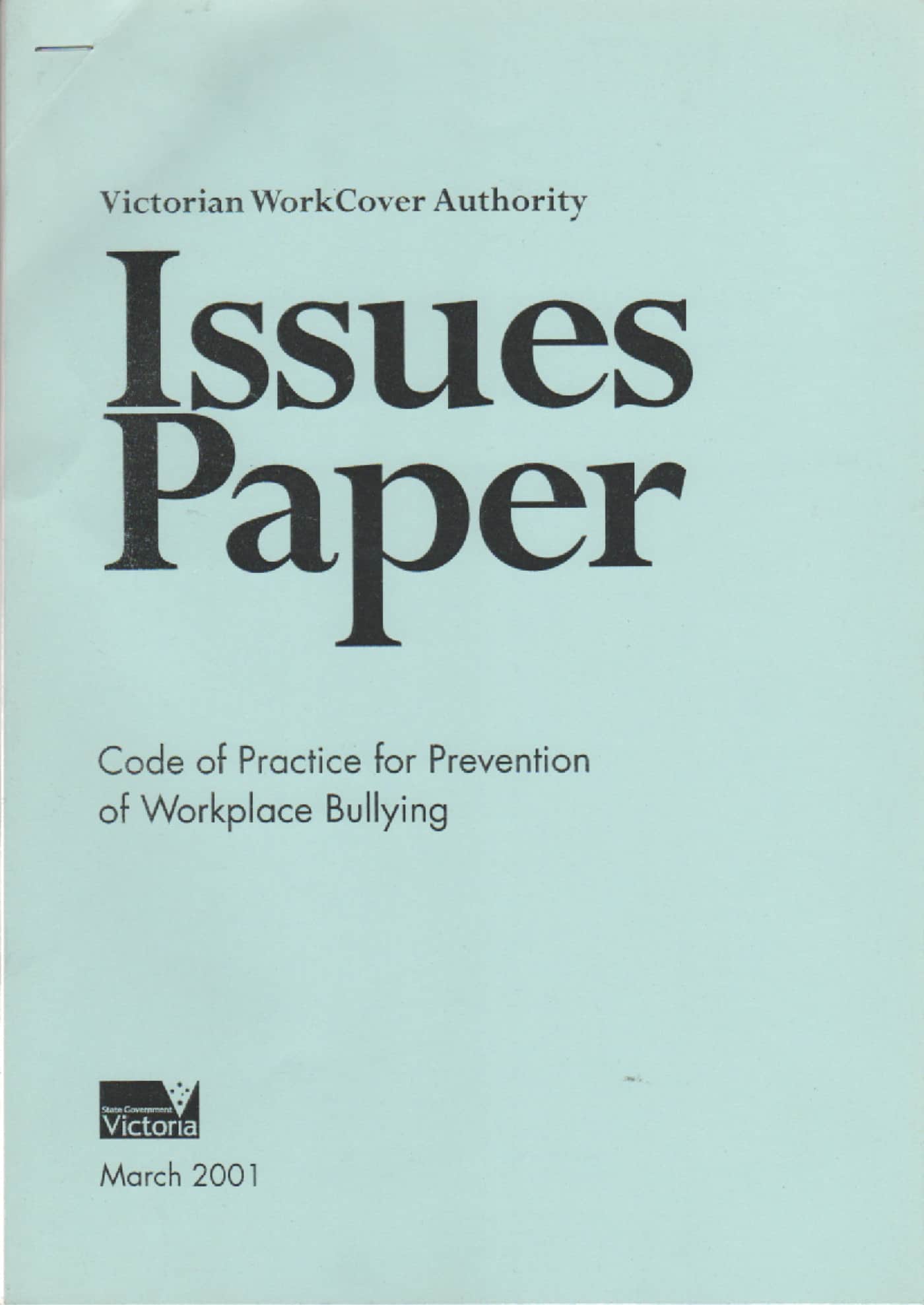[This article was written by Helen Borger and was first published in the May-June 2014 edition of National Safety – a magazine of the National Safety Council of Australia. Reproduced with permission. (Links added by SafetyAtWorkBlog ) ]
 A quick online search reveals a plethora of advice and information about choosing the right mood-altering paint colours for office walls and selecting the best beanbags for worksite chill-out spaces. Not to mention the availability of on-site massages to ease employee tension and anxiety.
A quick online search reveals a plethora of advice and information about choosing the right mood-altering paint colours for office walls and selecting the best beanbags for worksite chill-out spaces. Not to mention the availability of on-site massages to ease employee tension and anxiety.
It’s tempting to make these interventions the centrepiece of workplace mental health and wellbeing programs because they are feel-good, visible signs of management action that are relatively easy to implement. Continue reading “Mind Set – Mental Health in Australian Workplaces”

